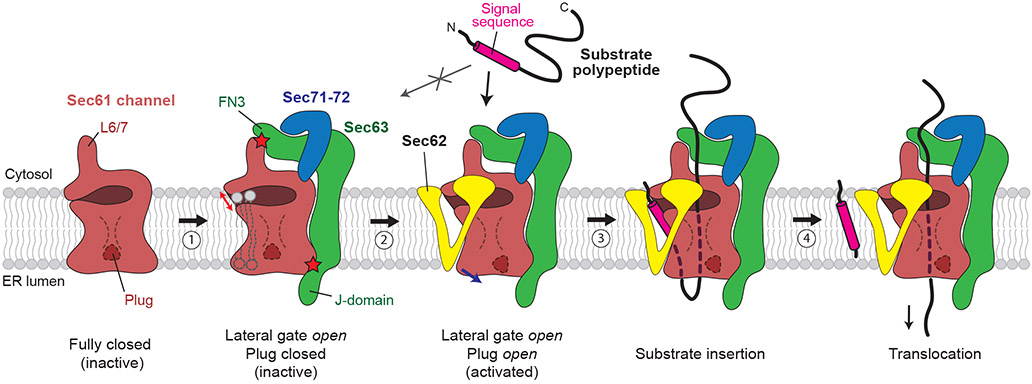Figure 6. A model for activation of the Sec61 channel by Sec62 and Sec63.
The Sec61 channel alone assumes a fully closed conformation (the leftmost cartoon). Step 1, association of Sec63 opens the lateral gate (indicated by a red arrow) through interactions with Sec61 in both the cytosol and ER lumen (indicated by red stars). The channel in this conformation is inactive due to the closed state of the plug domain. In addition, without Sec62, lipids may enter the open lateral gate. Step 2, Sec62 interacts with the lateral gate of Sec61 and further opens the lateral gate (blue arrow), which results in opening of the plug. The V-shaped transmembrane domain of Sec62 excludes lipids from the channel. Step 3, a substrate polypeptide inserts into the open pore of the channel as a loop with the signal sequence sitting at the lateral gate. Step 4, The signal sequence is cleaved by the signal peptidase (not shown), and the polypeptide is translocated into the ER lumen. For simplicity, the BiP ATPase, which drives translocation by interactions with the polypeptide and J-domain, is not shown.

